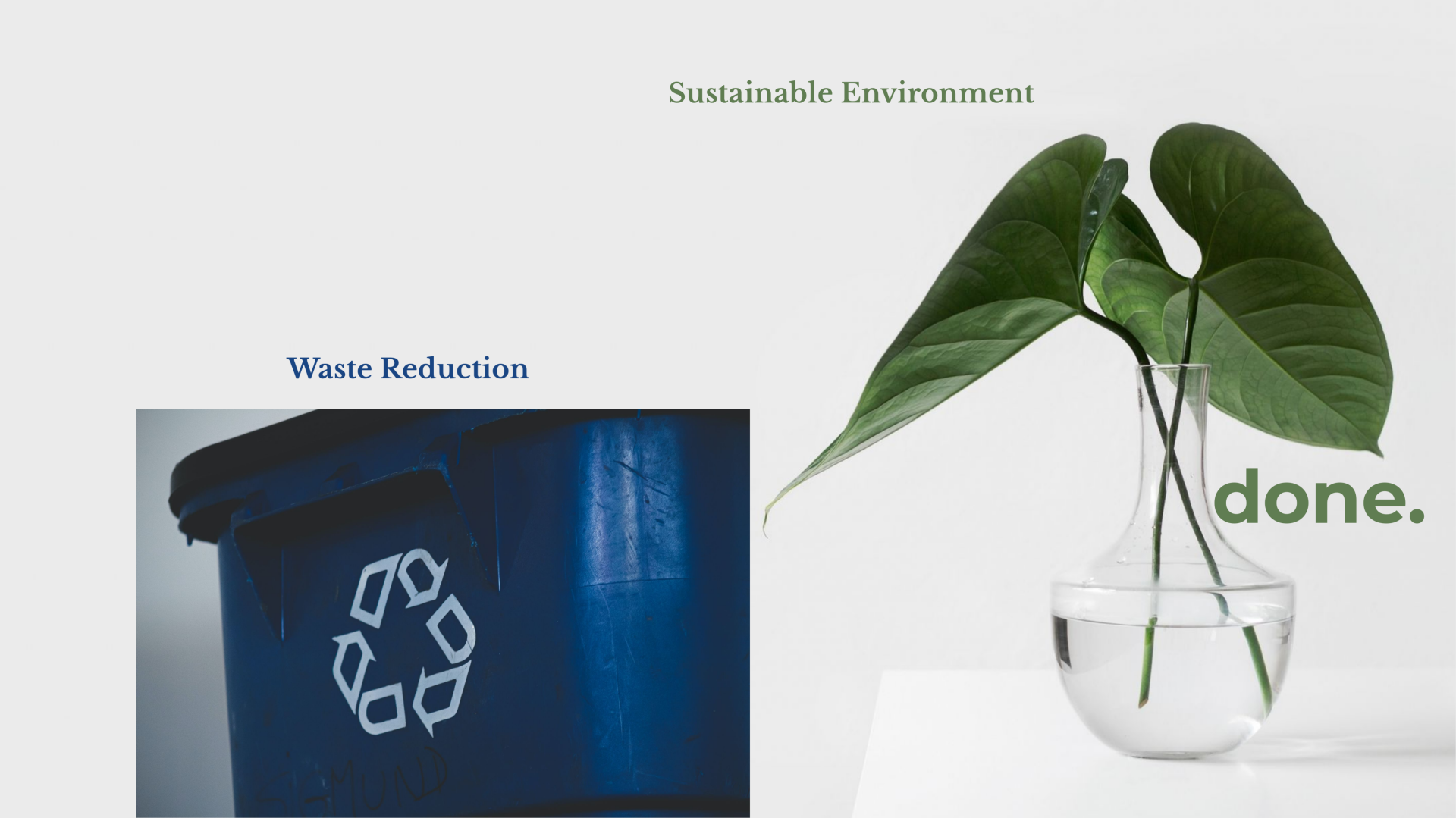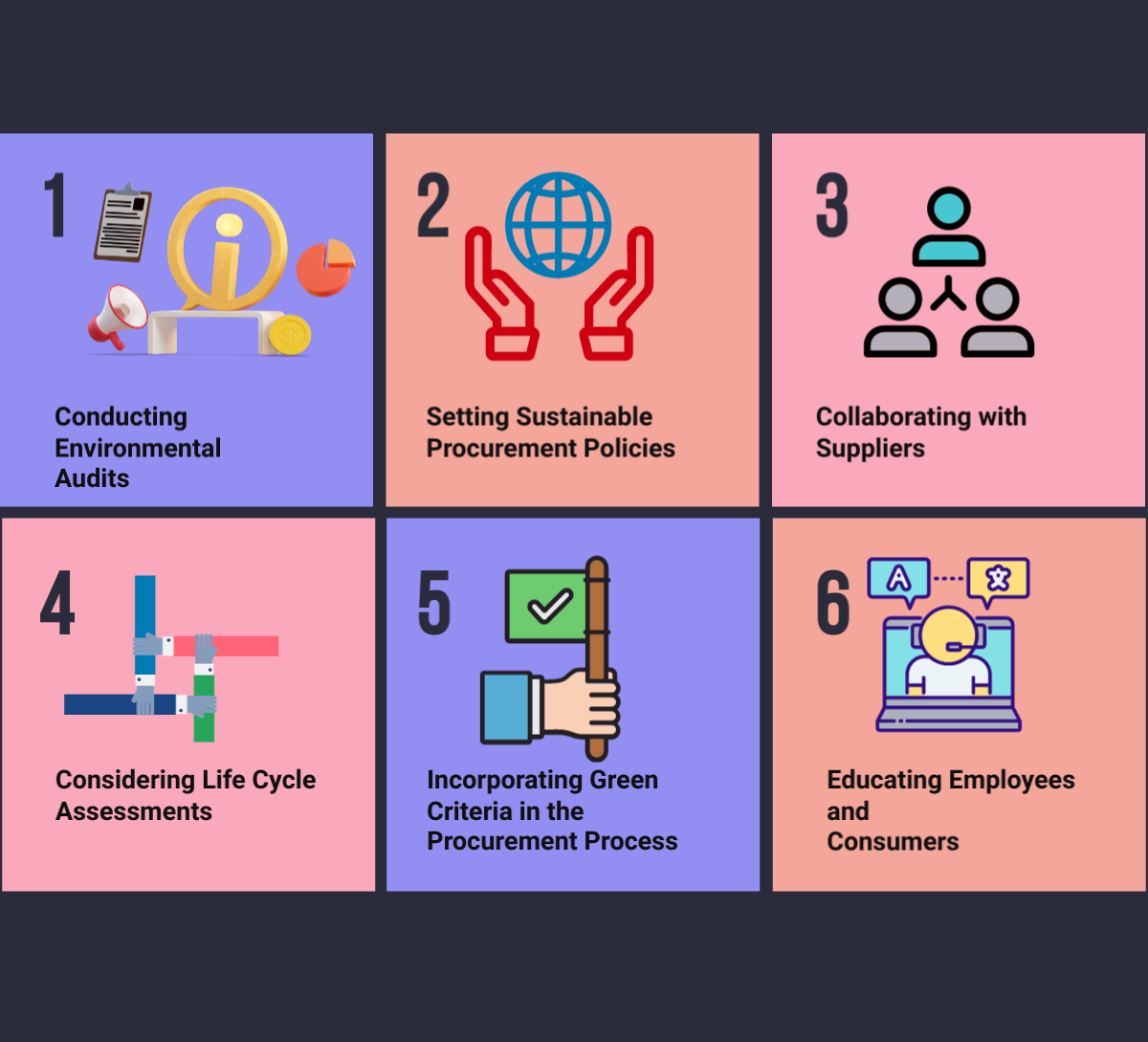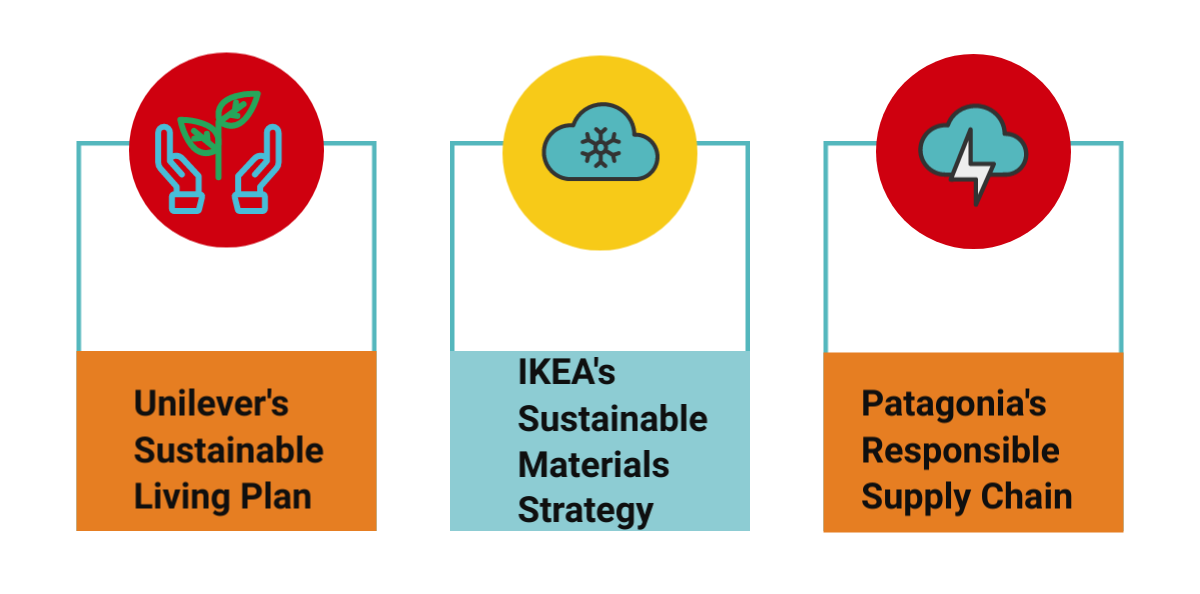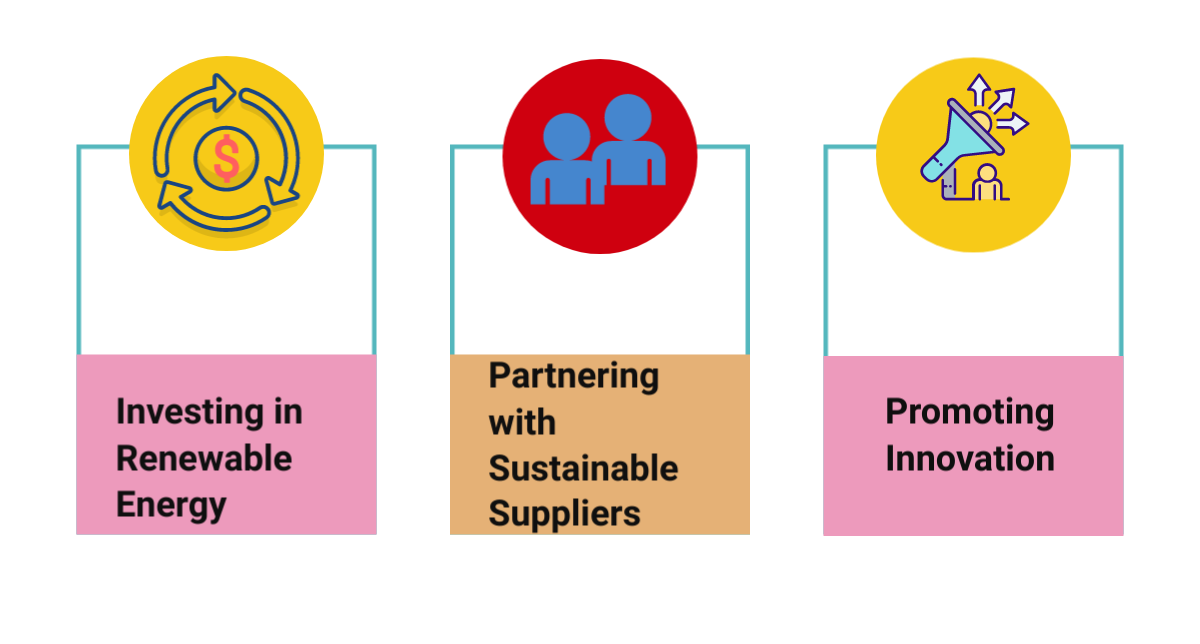Implementing Green Procurement
Implementing green procurement practices requires collaboration and commitment from all stakeholders in the supply chain. This includes suppliers, manufacturers, retailers, and consumers. Here are some ways companies can implement green procurement practices in their supply chains:
1. Conducting Environmental Audits
The first step to implementing green procurement is to conduct an environmental audit of your company's operations and supply chain. This will help identify areas where sustainable practices can be implemented and areas that need improvement. Environmental audits can also provide a baseline to measure progress and track the impact of green procurement initiatives.
2. Setting Sustainable Procurement Policies
Companies should develop policies that outline their commitment to sustainable procurement and specify the criteria for evaluating suppliers. These policies should promote energy efficiency, waste reduction, and responsible sourcing practices.
3. Collaborating with Suppliers
Collaboration with suppliers is crucial for the successful implementation of green procurement practices. Companies should work closely with their suppliers to identify opportunities for improvement, such as using sustainable materials or reducing packaging waste.
4. Considering Life Cycle Assessments
Life cycle assessments (LCA) can help companies evaluate the environmental impact of a product or service throughout its entire life cycle, from extraction of raw materials to disposal. By considering the full life cycle of a product, companies can make more informed decisions about which products and services have a lower environmental impact.
5. Incorporating Green Criteria in the Procurement Process
Incorporating green criteria into the procurement process involves including sustainability as an important factor when selecting suppliers and products. This can include criteria such as energy efficiency, waste reduction, and responsible sourcing practices.
6. Educating Employees and Consumers
Educating employees and consumers about green procurement practices is essential for creating a culture of sustainability within the company. Employees should be trained on the importance of sustainable procurement and how they can contribute to its success. Companies can also educate consumers about the sustainability efforts in their supply chain to promote transparency and build trust.









